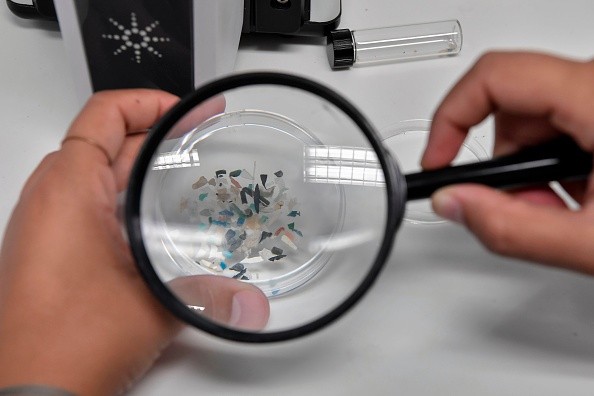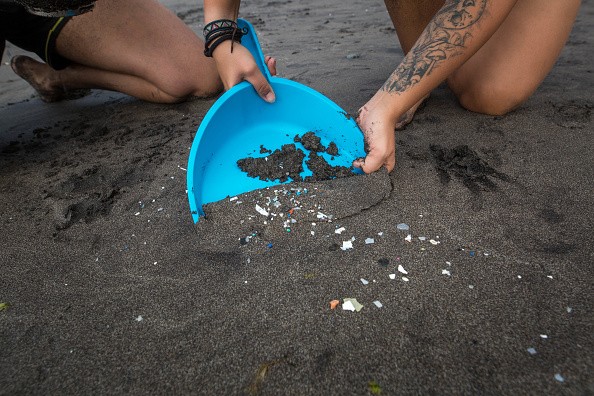Microplastics in the feces of people with inflammatory bowel disease are 50 percent more than those without the disease, according to a research.

Microplastics Linked to Inflammatory Bowel Disease
The study is the first to look at the impact of microplastics on people, and previous studies have shown that they may induce intestinal inflammation and other digestive probles in experimental animals.
People with IBD had 42 microplastic fragments per gram of dried samples, whereas healthy people had 28, according to The Guardian. Those with more severe IBD had greater concentrations of microplastics, indicating a link between the two.
There is no proof of a causative relationship in this study, and additional research is needed, say the experts. IBD may lead patients to retain more microplastics in their digestive tracts.
The whole earth has been poisoned by microplastic pollution, from Mount Everest to the depths of the seas. The small particles were previously known to be ingested and inhaled by humans.
For the most part, nothing is known about how microplastics affect humans, although a research released earlier this month indicated that they destroyed human cells in the lab.
People with IBD who were otherwise healthy were included in the research, which was published in Environmental Science & Technology. Participant demographics included people from throughout China, as well as information on their food, alcohol use, and other behaviors over the preceding year.
Microplastics in Bottled Water
In addition to the relation to IBD, the researchers discovered that persons who often drank bottled water or ate fast food had a microplastic content in their feces that was almost twice as high.
The microplastics included a total of 15 distinct kinds of plastic. Plastics like PET (found in water bottles and food containers) and polyamide (found in food packaging) are the most often seen.
Once changes in approach are taken into consideration, the amount of microplastics found in the feces was comparable to prior research.
According to one research, babies' feces contained more microplastics than those of adults. Many microplastics have been found in milk bottles, which are often used by newborns to gnaw on and swallow plastic objects.

Causes of IBD
IBD may be triggered or aggravated by diet and environmental factors.
IBD incidence has risen dramatically in emerging nations in Asia in recent years, according to Chinese researchers from Nanjing University. By 2025, China is expected to have 1.5 million individuals with inflammatory bowel disease (IBD), resulting in a significant disease burden.
Researchers in the UK, including Evangelos Danopoulos from Hull York Medical School, said the research provides proof that humans are actually eating microplastics. This is a significant research since it adds to the growing body of knowledge about human exposures.
Additional evidence about potential confounding variables is required in order to develop the causal link with particular human health issues.
More study is required to establish a link between IBD and an increased concentration of microplastics in the feces of those who suffer from the condition.
Related Article : Can Magnets Help Break Down Microplastics in Marine Pollution?
For more news, updates about microplastics and similar topics don't forget to follow Nature World News!
© 2026 NatureWorldNews.com All rights reserved. Do not reproduce without permission.





